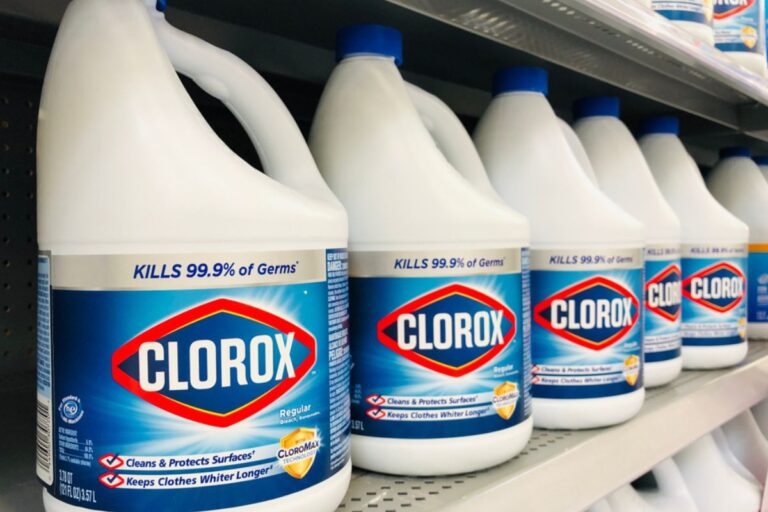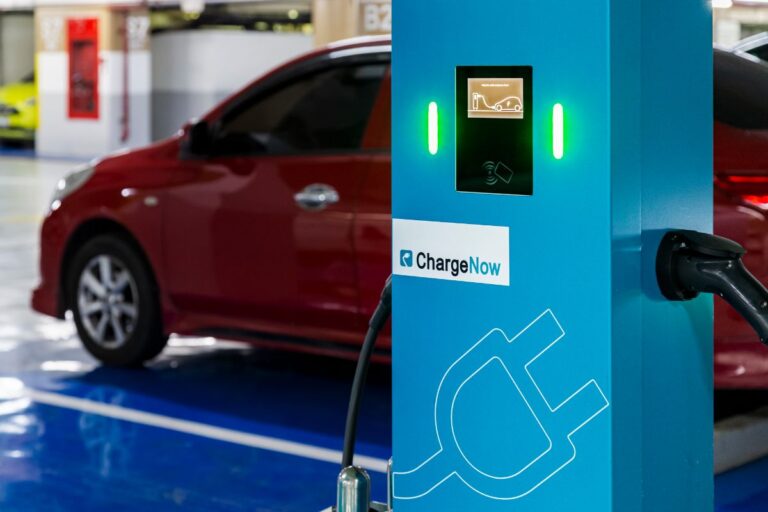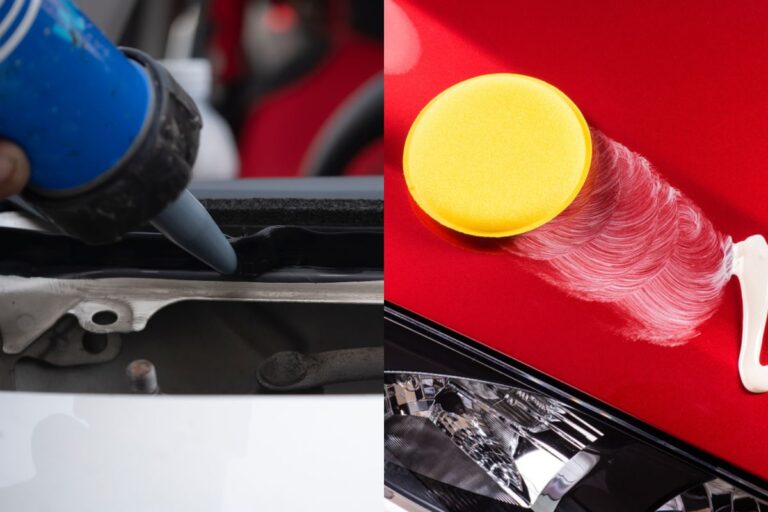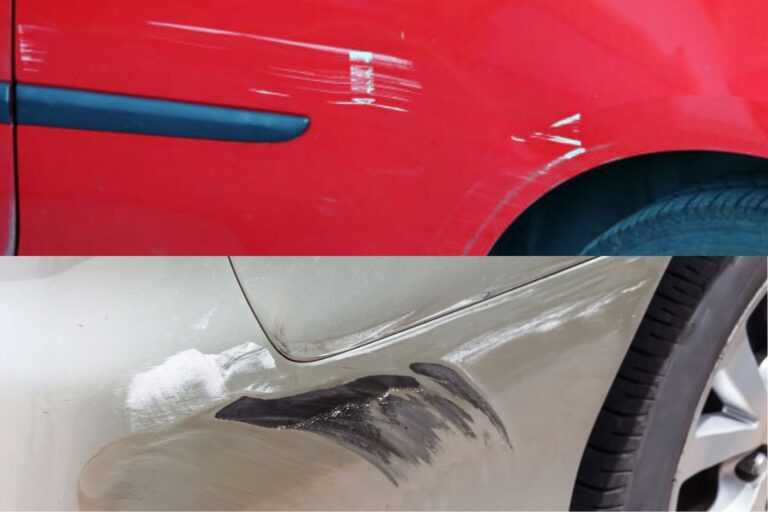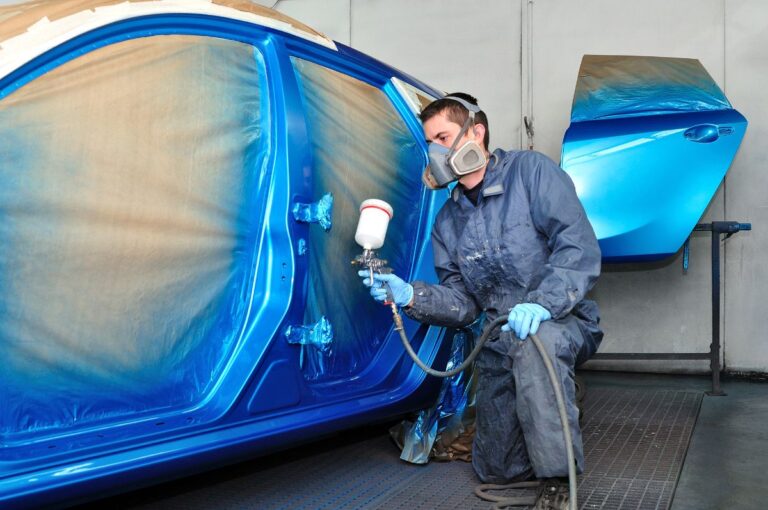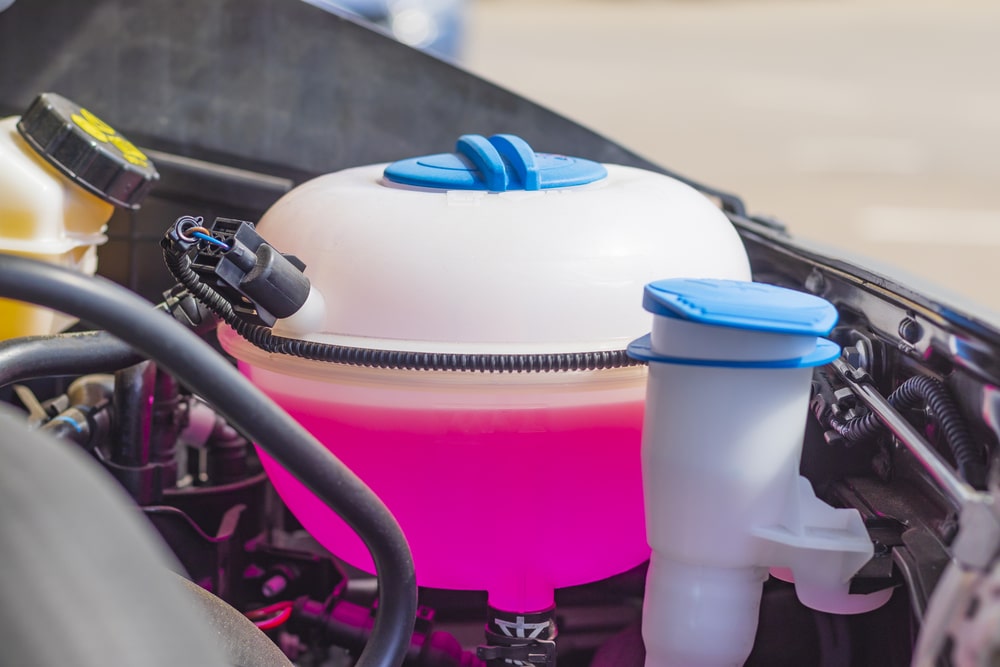
If you are anything like me, you never think about the coolant in your car. I am just happy it does what it is supposed to.
However, I know enough to know that it is essential and protects my engine. If you want to learn a little more about coolant and its purpose, continue reading to find out more about the types of coolant.
What is Coolant?
Coolant is just as crucial to the proper functioning of your car as oil. It is often referred to as antifreeze. Coolant lubricated all the moving parts that come into contact with the water pump, head gasket, piston timing, and cylinder.
It also reduces the freezing point of your cooling system to prevent your engine from freezing in the winter. Coolant is responsible for increasing the boiling point of your engine in the summer, so it does not overheat.
It also protects the engine from contaminants, corrosion, and rust.
What is Car Coolant Made Of?
Every coolant has a base of glycol. The standard coolants have a mixture of ethylene glycol, water, and additives. In addition, some coolants contain propylene glycol and water.
The coolant with propylene glycol is less toxic than other types of coolant.
If the coolant was made from just water, it has the ability to carry heat and cools the best; however, that is not all a coolant does. Water causes rust to form on engine parts made of iron.
The rust is carried off to other areas needed for cooling. This corrosion prevents heat transfer and causes a build-up in the radiator. It also leaves sediment behind in the cooling system.
As a result, water alone is not the best coolant for your engine.
What Additives Are Commonly Added to Coolant?
There are a number of additives that may or may not be mixed with particular types of coolant.
1. Amine
This is rarely if ever, used in coolant anymore. It was common until the 1970s when it was determined that amine and nitrite reacted to each other. Together they created nitrosamine, which is a carcinogenic material.
2. Borate
When borate is added to the inorganic coolant, it reduces its acidity of it. This is commonly found in IAT coolants but not in many OAT or HOAT. This is because OAT and HOAT have different pH levels, and adding borate would throw the pH balance.
3. Nitrite
This is a common additive to coolants for older and heavy duty diesel engines. It can protect them from cavitation and corrosion. Nitrite and aluminum do not work well together.
As a result, this type of coolant has extra additives to protect the aluminum engines.
4. Phosphate
Phosphate is commonly added to IAT and HOAT coolants in Asian brand vehicles. This additive helps prevent corrosion by coating the metal.
However, phosphate does not mix well with hard tap water, and eventually, the coating will become a problem because it flakes and forms scale.
This eventually clogs the cooling system. It can be used as long as the IAT coolant is changed at regular intervals. However, the scale is reduced when this is mixed with distilled water.
5. Silicate
This additive is used as a substitute for phosphate. This acid acts fast to protect metal and aluminum from corrosion. Some manufacturers believe silicate is bad for water pump seals.
It can reduce heat transfer. Many European manufacturers avoid phosphate and use silicate instead. They use different water pump seals that do not interact with the silicate.
Types of Coolant
There are some main types of coolant that are typically used in vehicles.
1. Inorganic Additive Technology (IAT) Coolant
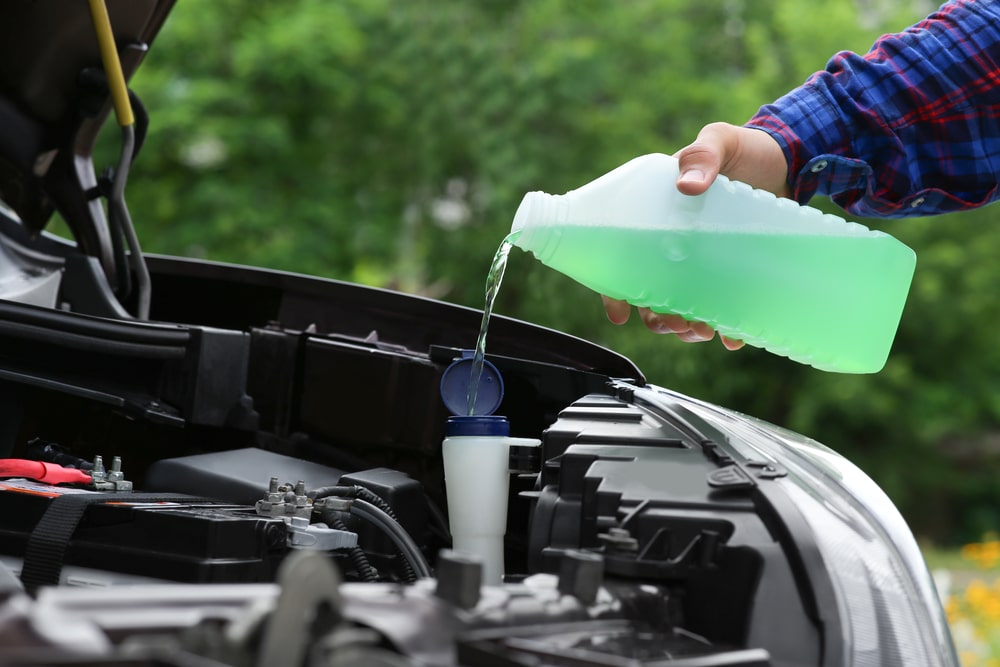
This coolant is the bright green coolant you were used to seeing in the past. This was the first coolant introduced to the car world back in the 1930s.
While it changed over time, it was the standard for coolant for most domestic car manufacturers for a long time. However, around the mid/late 1990s through approximately 2002, the use of IAT was significantly reduced.
European and Asian car manufacturers stopped using this coolant around 1990. Today, it is rarely used by the factory when cars are on the production line.
IAT coolant must be flushed out and changed more frequently, every two years or 36,000 miles because it breaks down faster than other coolant options.
If not changed timely, this coolant could break down into solids that clog the system and negatively impact its ability to function.
It contains additives like phosphates and silicates. IAT works well for vehicles that have copper or aluminum radiators and engine blocks made of iron.
Pros:
- Works well with specific types of engine blocks
Cons:
- Not as efficient as newer coolant options
- Must be changed every two years
- It contains a lot of additives
- Known to cause heater core blockages when not replaced
2. Organic Acid Technology (OAT) Coolant

OAT coolant is considered a modern and superior coolant. This coolant is commonly used in vehicles today that General Motors manufacture.
There are some other auto manufacturers that use it, also. OAT coolants cannot be combined with any other type of coolant as they are not compatible with each other.
In addition, it may not be compatible with all models and makes of cars.
This coolant can be yellow, orange, red, blue, dark green, or purple. OAT has been used in most domestic vehicles since the mid-90s.
This is coolants contain organic acids and corrosion inhibitors, which help to extend their life. As a result, OAT coolants last longer and are changed every 50,000 miles or five years.
Pros:
- It does not contain silicates or phosphates
- Longer lasting and extended life
Cons:
- It does not protect systems that contain brass or copper components
- Not intended for old car models
3. Hybrid Organic Acid Technology (HOAT) Coolant
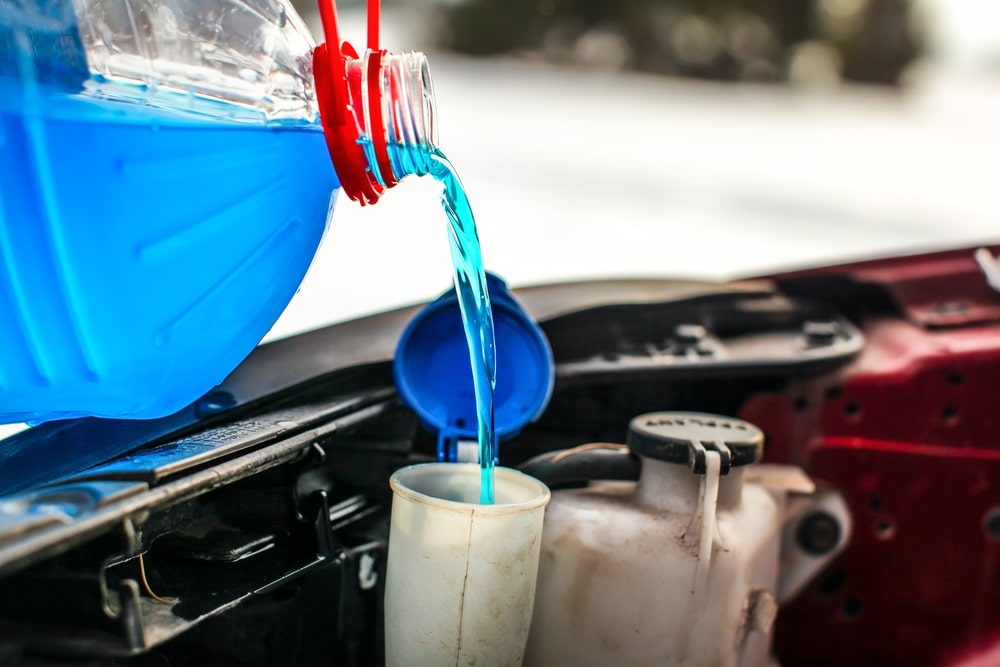
HOAT coolant has taken the best parts of OAT and IAT coolants and combined them. HOAT also contains a chemical composition that reduces rust, corrosion and build up.
This coolant is most often found in Ford and Chrysler vehicles. However, it is also found in European and Asian cars.
HOAT coolant is typically yellow, orange, pink, blue, purple, or turquoise. HOAT coolant lasts longer than the other coolants. It needs to be changed every 50,000 miles to 150,000 miles or 5 to 10 years.
Pros:
- Hybrid coolant with the best components of IAT and OAT
- Longer lasting
Cons:
- Not compatible with other coolants
- Should not be mixed
4. Phosphated Hybrid Organic Acid Technology (P-HOAT) Coolant

The P-HOAT coolant is created from phosphates and organic acid technology to give it an extended life. Toyota, Nissan, Honda, Subaru, Honda, KIA use this type of coolant.
This coolant is blue, pink, or red. It needs to be changed every five years or so.
Pros:
- Protects engines and inhibits corrosion
Cons:
- P-HOAT cannot be mixed with any other coolant
5. Silicate Hybrid Organic Acid Technology (Si-OAT) Coolant
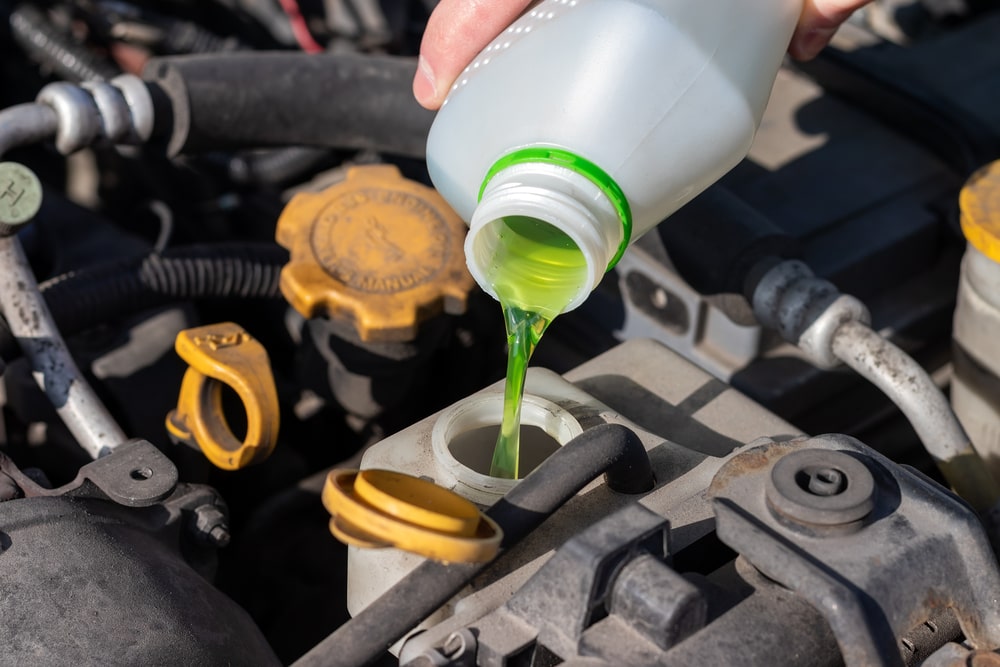
Si-OAT combines HOAT with silicates. It is a relatively new formulation of coolant. However, it has an extended life while meeting the needs of a modern vehicle.
This is mostly found in Audi, Porsche, and Mercedes-Benz, as well as other European cars. This coolant is violent or pink. Si-OAT usually lasts five years for passenger vehicles or three years for heavy-duty vehicles.
One of the great things about Si-OAT is it can be safely mixed with other ethylene glycol coolants.
Pros:
- Compatible with ethylene glycol based coolants
- Hard water stability
- Low inhibitor depletion rates
Cons:
- Banned in some areas
- Causes problems with water pump seals
- Poor heat transfer
6. Phosphate-Free Hybrid Organic Acid Technology (NAP-free HOAT) Coolant

NAP-free HOAT uses OAT technology but removes the amines, nitrites, silicates, and phosphates. This is the perfect coolant for heavy-duty diesel vehicles.
This is used by Tesla, BMW, Mini Cooper, and Volvo, among others. The typical color of this coolant is turquoise. This coolant lasts as long as 10 years or 20,000 hours.
Pros:
- Great for heavy-duty
- Long lasting
7. Nitrate Organic Acid Technology (NOAT) Coolant
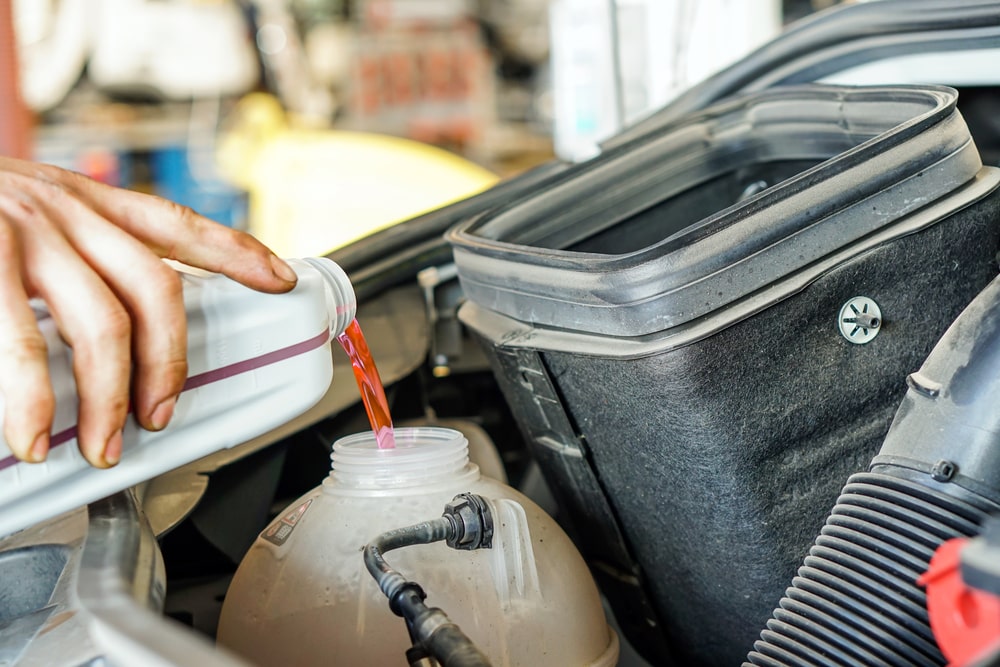
Nitrate Organic Acid Technology (NOAT) Coolant uses organic acid technology. It also has nitrites as inhibitors. This coolant is excellent for heavy-duty vehicles. You can expect to get 12,000 hours from this coolant.
Hybrid and Electric Vehicle Cooling Systems
Electric and hybrid cars have a separate cooling system due to the battery. The coolants used in this system must meet the standards and specifications set forth by the auto manufacturer.
FAQs
What is Organic Coolant?
There are two types of modern day organic coolant. One is organic acid-inhibitor technology (OAT), and the other is hybrid organic acid technology (HOAT).
An OAT coolant lasts longer but does not do a great job at limiting corrosion. A HOAT coolant is a combination of OAT and IAT and balances the best of both coolants.
How Does Coolant Work?
In a car, the coolant is stored in a reservoir that is attached to a radiator. From there, it is sent to the engine block and components. The coolant is used with the cooling system.
The water pump, which is also known as the coolant pump, is what circulates coolant through the system. Heat is conducted away from the coolant by the radiator. Radiator hoses are what connect the cooling system.
If air is not moving quickly enough through the vehicle, a fan pulls the air through the radiator. The temperature of the coolant is controlled by the thermostat.
When the engine runs, coolant constantly circulates through the engine and back through the radiator. Once the coolant is cooled, it leaves through the bottom of the radiator.
From there, the coolant is pulled into the water pump and pumped into the engine block, where the coolant absorbs the excess heat.

